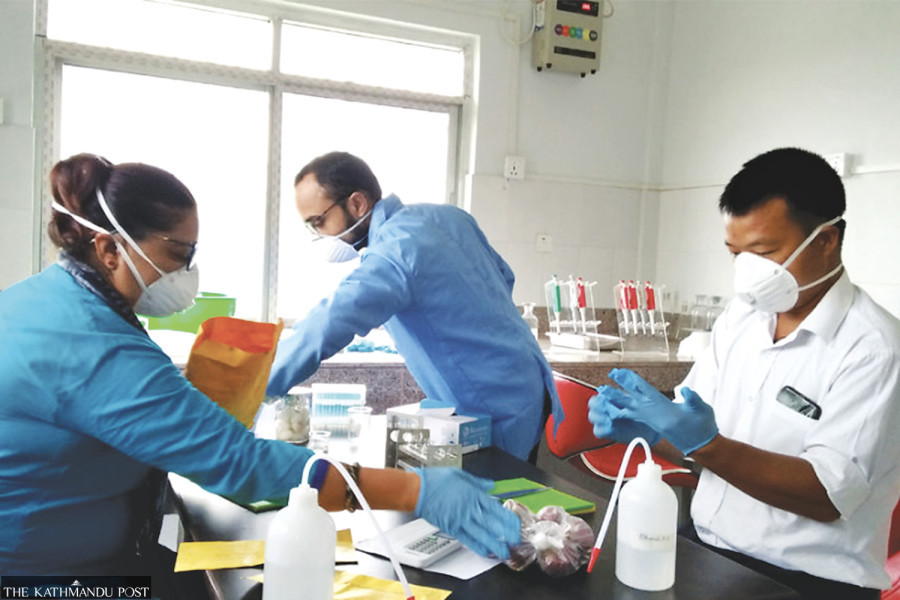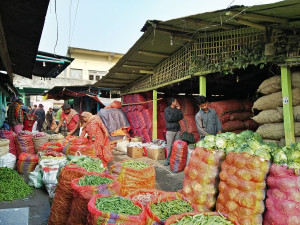Editorial
Over to India
If the southern neighbour grants Nepal’s request for food accreditation, both countries will benefit.
Select food items from Nepal have always had great export potential. But they have long been underrecognised in global markets due to limited accredited parameters related to food safety and quality. Consumers around the world increasingly rely on food parameters, specifically those related to physical, chemical and microbiological characteristics, to determine the safety and quality of food they are consuming. In 2012, with the accreditation of 27 chemical parameters, the National Food and Feed Reference Laboratory (NFFRL) under the Department of Food and Technology and Quality Control, established its name in the global market. By 2015, the coverage was widened with 22 chemical and 17 microbiological parameters, ultimately reaching 78 chemical and 24 microbiological parameters in 2019.
Recently, India’s National Accreditation Board for Testing and Calibration Laboratories, which has international recognition, increased the scope to 814 parameters (672 chemical and 142 microbiological testing), accrediting Nepal’s laboratory for both chemical and microbiological parameters across all main food categories. With this, Nepal’s food watchdog can now issue globally accepted reports for these 814 parameters, allowing Nepali food producers to streamline food trade and independently meet global standards.
This accreditation also greatly relieves both big and small exporters who rely on foreign labs for laboratory tests and certification. These products had to be taken to India and other countries and then back home just to be tested for later export. Tests at home will save time, reduce costs and mitigate bureaucratic hassles to an extent. Nepali traders often have to deal with middlemen and agents who charge high fees and who also register products in their own names. This also contributes to logistical delays in export. The accreditation would significantly eliminate such skulduggery in the country’s export process.
But challenges with Nepal’s key trading partner, India, will remain. Even as New Delhi formally recognised standard certificates issued by the NFFRL in April by signing a memorandum of understanding with Nepal, exporters point to inconsistency in implementation. The Indian authority initially gave nod to eight food categories: juice, jam, jelly, pickles, candy, instant noodles, ginger, fresh fruits and vegetables, and provided them clearance. Nevertheless, Nepali traders still face hurdles while exporting noodle products; they still have to depend on Indian labs for certification. Exporting Nepali products certified by NFFRL is seamless to third countries, save in India’s case.
The success of this accreditation will thus hinge on the effective implementation of these recognitions, particularly by India. Nepal must engage the southern neighbour in a dialogue to ensure a seamless export of its food products. Nepali traders have already requested the Indian authority to extend the accreditation to 22 food product groups, supporting the export of milk and milk products, vegetable and vegetable products, fruits and fruit products, edible fats and oils, herbs, species, infant foods, tea and tea products, alcoholic and non-alcoholic beverages, bubble gums, among others. If the request is granted, it will be to the benefit of both countries.
Chhurpi, a popular chewy snack in Nepal’s Himalayan region, now recognised as a ‘dog chew’ in the West, has become a major export to Western countries only in the past decade. If the authorities don’t act urgently, they risk missing the opportunity to help many local food products like Chhurpi reach the global market—and thus also cutting the country’s burgeoning trade deficit.




 19.12°C Kathmandu
19.12°C Kathmandu














